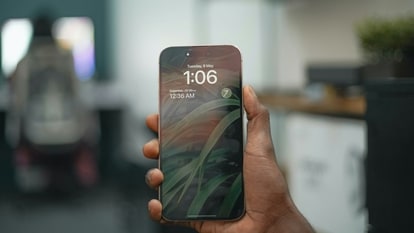Venus and Jupiter conjunction is UNDERWAY; Know when they come closest and how to watch
Venus and Jupiter are continuing to come closer to each other and now appear almost next to each other. Know when the conjunction will be at its closest and how you can watch it.
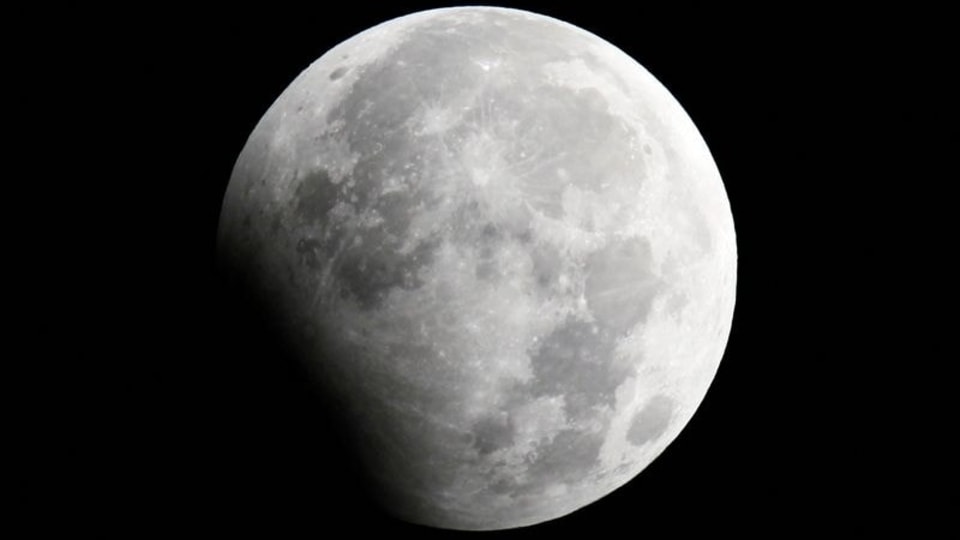
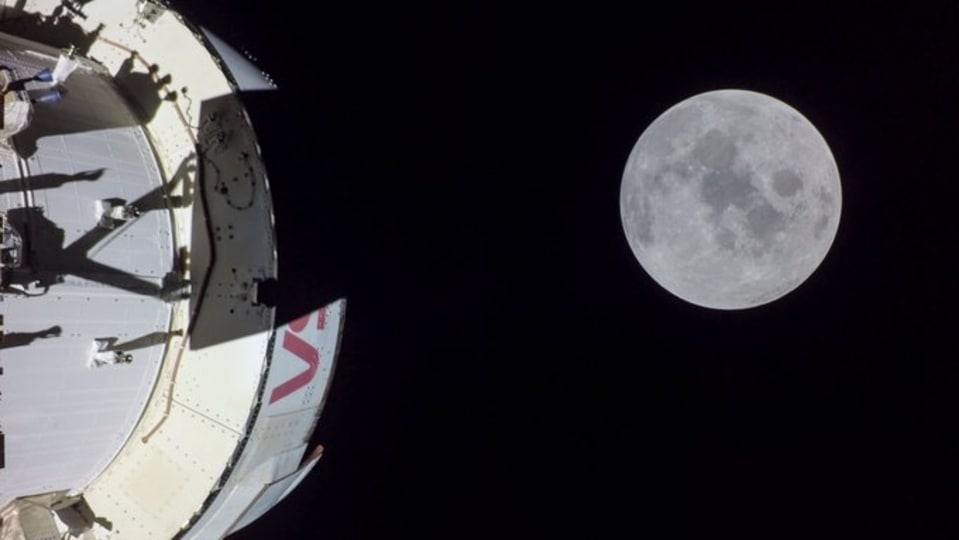
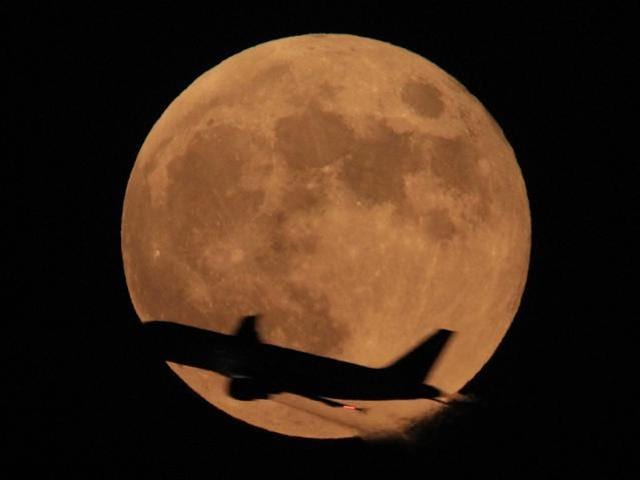
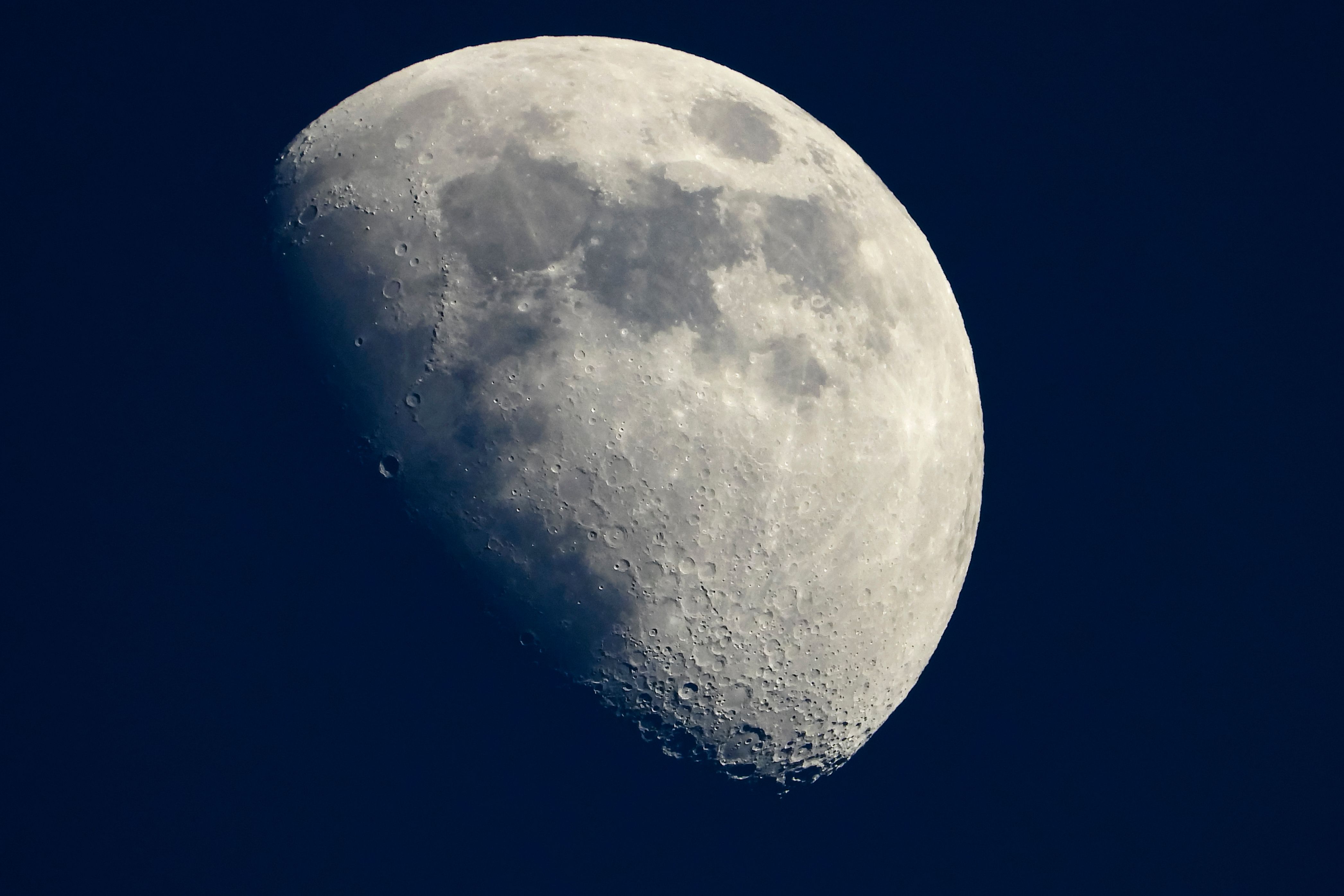

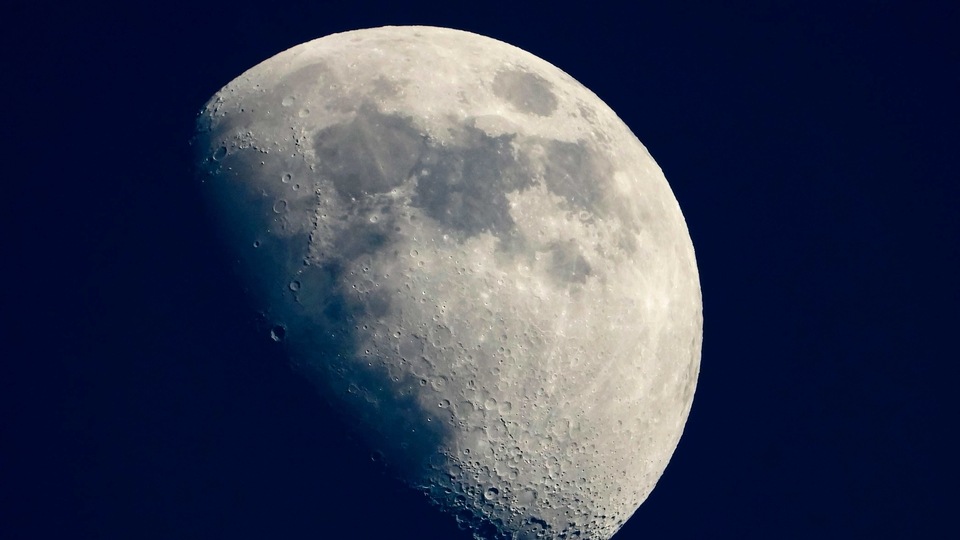
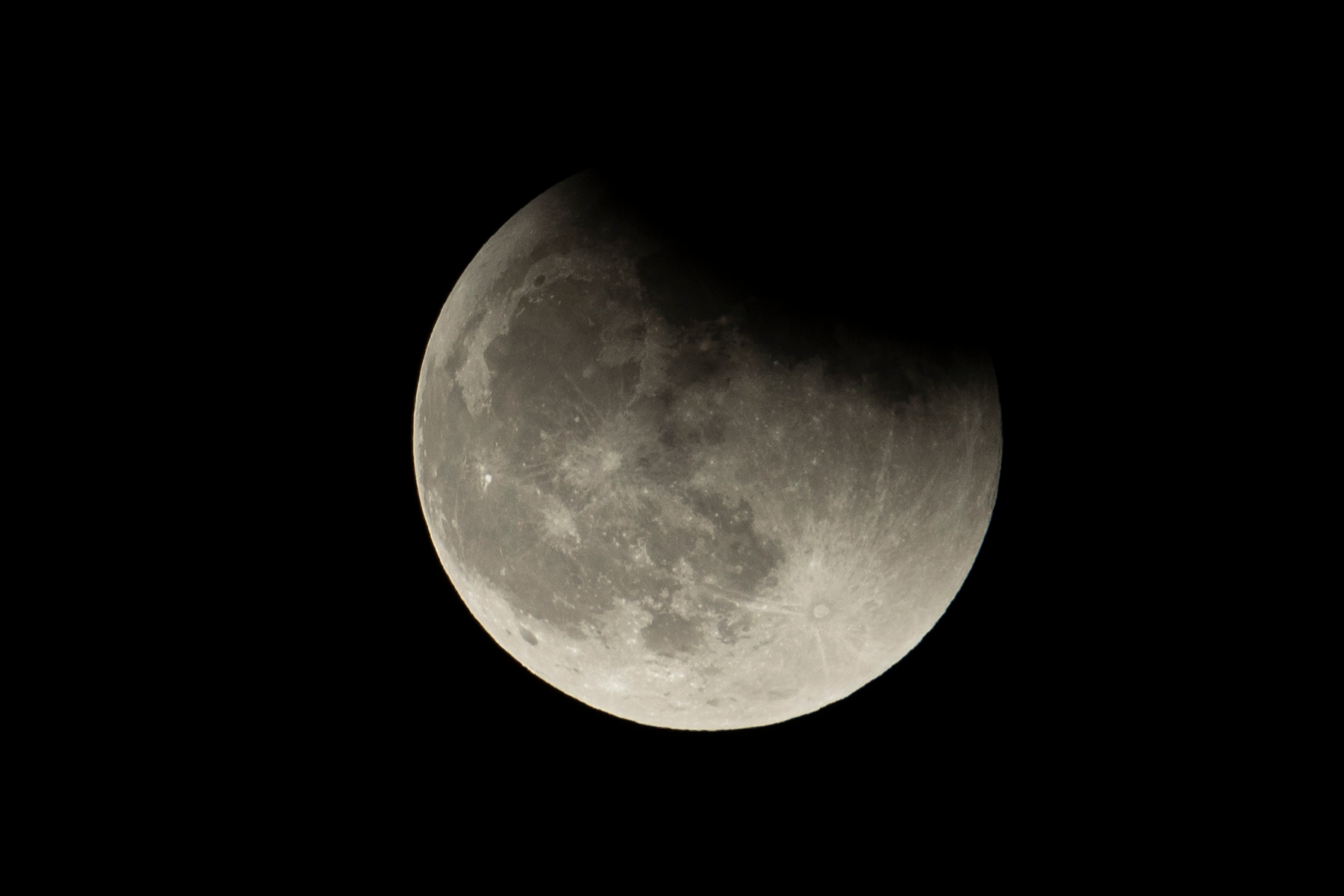
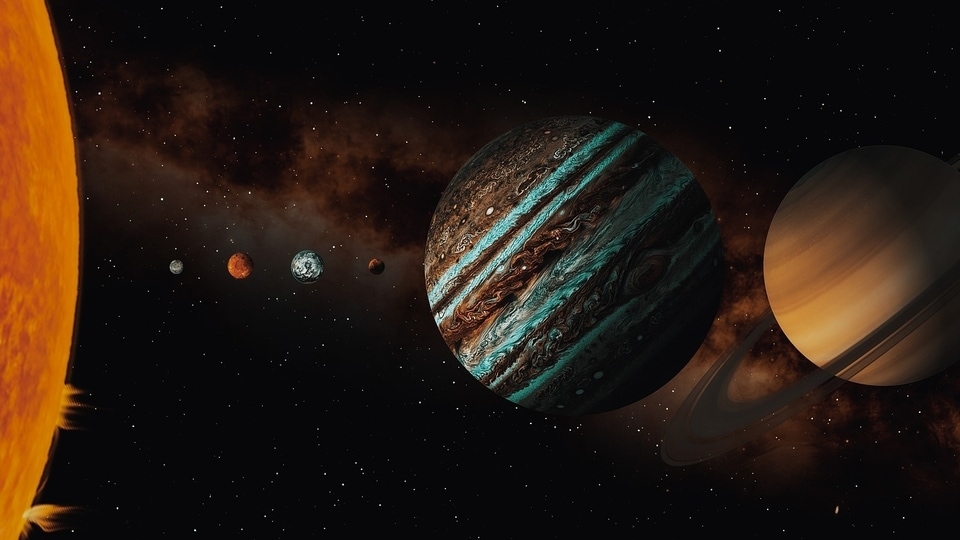
 View all Images
View all ImagesOne of the biggest astronomy events of the year is already underway. Two of the brightest planets in the night sky, Jupiter and Venus, are about to come extremely close to one another. At the beginning of February, both the planets were separated by 29 degrees. But they have both begun approaching each other and at their closest, they will only be separated by just 0.52 degrees. This is a rare event and astronomy enthusiasts should definitely not miss it. And if you're fascinated by this, read on to know when these two planets will come closest to one another and how you can watch them. Also know about a special event tonight with the Moon that should not be missed.
Venus and Jupiter conjunction to happen soon
Luckily, sky gazers will not have to wait too long to see Venus and Jupiter make their closest approach. According to various reports, the event will take place one week from today, on March 1. At this point, Jupiter would be shining at a magnitude of -2.1 and Venus would shine at a magnitude of -4.0.
For the unaware, stellar magnitude is a measure of the brightness of a star or other celestial bodies. The brighter an object is, the lower the number it is assigned. Our Sun has a magnitude between -25 and -30. So, both these planets would be shining brilliantly across the sky on March 1.
How to watch the Venus-Jupiter conjunction
Astronomy enthusiasts can look towards the west-southwest horizon about one hour after the sunset to see these two planets next to each other. Under ideal conditions, when the light pollution is low and the sky is clear, you will be able to see it with an unaided eye. However, if you wish to watch the planets closely and in detail, then you will require a telescope. If you do not have a telescope, there is no need to worry. Virtual Telescope will also host a web cast of the event on March 1 which you can follow here.
Moon joins the dance with Venus
Right now, Venus and Jupiter are separated by a distance less than 9 degrees and while they are not at their closest proximity, you can still watch the spectacle tonight itself. In fact, if you were to indulge in skygazing today, February 23, you might come across another fascinating astronomy event. Known as appulse, tonight the Moon and Venus will make a very close approach and will be separated by just 1.5 degrees, as per a report by Sky.org. From India, enthusiasts can watch this till 8:25 PM IST tonight. Make sure to not miss this fantastic opportunity.
Catch all the Latest Tech News, Mobile News, Laptop News, Gaming news, Wearables News , How To News, also keep up with us on Whatsapp channel,Twitter, Facebook, Google News, and Instagram. For our latest videos, subscribe to our YouTube channel.























